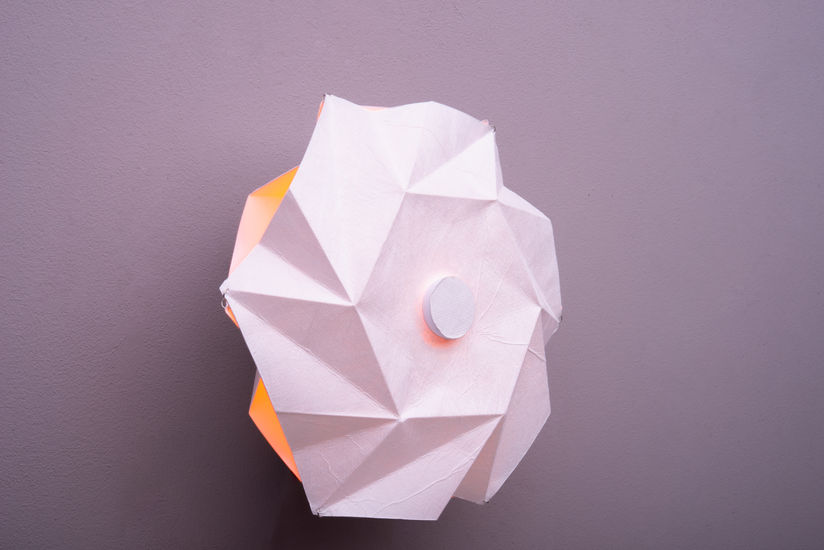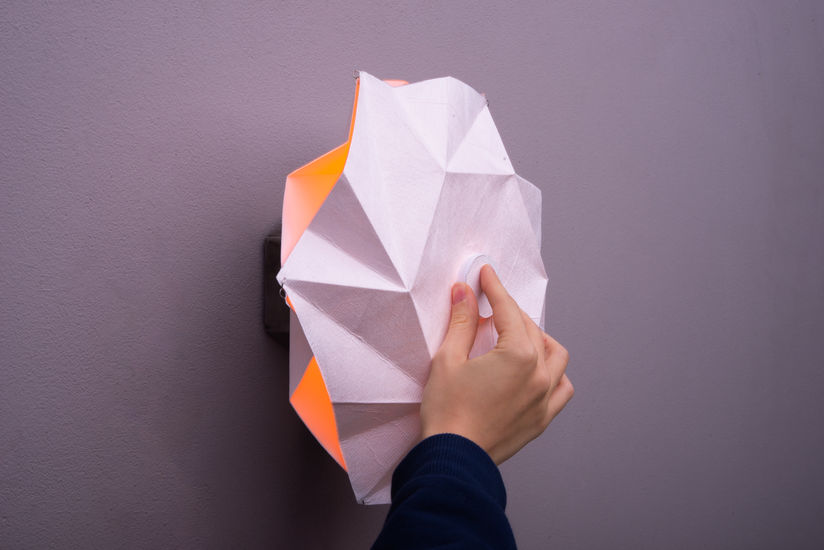Light, Colour, Space. *Nour. A meditation on materiality.
Emily Rosa Whitney
The Light, Colour, Space project ultimately demonstrates how theoretical research and material experimentation can converge to produce a design outcome that is conceptually grounded and offers a rich sensorial experience. Through an in-depth exploration of light’s physiological, psychological and symbolic dimensions, the project has shown that meaningful lighting design emerges when atmosphere is considered alongside functionality and given the same importance.
By tracing the cultural and spiritual significance of light in sacred architecture and relating it to the conditions of the contemporary home, the project repositions lighting design as an instrument for wellbeing. The lamp, Nour, embodies this approach by moving beyond its materiality and embodying light itself. Its geometry is both structural and symbolic, while the use of paper celebrates the “in-between” space where light and perception converge. In contrast to the increasingly technological status quo of so-called “smart lighting”, Nour proposes an alternative rooted in sensory engagement, inviting presence, relaxation and connection through light.

As someone who deeply values research and considers the theoretical dimension an essential component of any project, I wanted to create a visual representation of my findings. With this aim, I developed a historical timeline that highlights key moments that have brought us to our current understanding and ways of working with light and colour within architecture. My focus is primarily on Christian and Islamic traditions, though the scope naturally expanded to include references from other regions and cultures. The central idea uniting these examples is the use of coloured light not for practical purposes (or, at least, not only), but rather for its inherent beauty and capacity to bring man closer to the divine. Although it is important to have a solid understanding of the scientific aspects of light and colour, what truly interests me is investigating the pure sense of awe that we experience when seeing a rainbow or a beautiful reflection of light passing through a window.
















